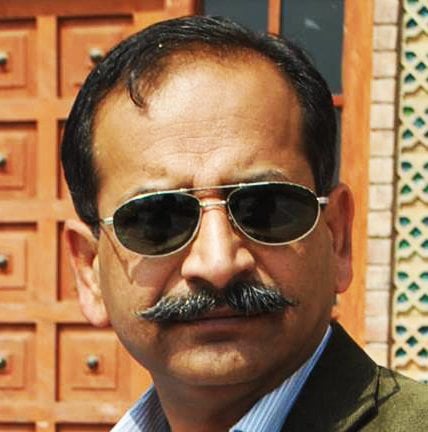Siliguri Corridor is a narrow passage close to an isolated plateau in the mighty Himalayan region. It is the place where three countries India, Bhutan and China converge. This passage connects India’s northeast states with the rest of the country. Commonly this corridor is known as ‘Chicken’s Neck’ where the word ‘Chicken’ refers to India. Recently a video has been very viral on social media in which Indian and Chinese troops were exchanging harsh words. Chinese soldiers were snubbing the Indian troops for crossing the border line and stepping into the Chinese territory. While exchanging harsh words, the Chinese were physically pushing the Indian soldiers back to their area. Experts say that the place shown in the video is somewhere very close to the Siliguri Corridor. China has a very strong ability of severing that “neck” and the thought of China’s strong ability is simply a nightmare rather an impending sword of terror and fright for India. Encroachments and illegal advancements by the Indian troops in this area have always been the basic reason of conflict and dispute between India and China. The relationship between India and China has never been very pleasant because of such conflicts and disputes. The presence of 14th Dalai Lama Tenzin Gyatso in India is also one of the so many conflicting issues between the two states of India and China. The spiritual leader of the Buddhists fled to India in the wake of a revolt in Tibet in 1959. The then Indian Prime Minister of India, Jawaharlal Nehru, allowed in the Dalai Lama and the Tibetan government officials. The Dalai Lama has since lived in exile in Dharamshala, in the state of Himachal Pradesh in northern India, where the so-called Central Tibetan Administration is also established. Tibetan refugees have established many schools and constructed Buddhist temples in Dharamshala. It is also said that the Central Intelligence Agency CIA had been funding the Dalai Lama with US$1.7 million a year in the 1960s. The aim of this huge funding was to help and encourage Dalai Lama in launching guerrilla operations against the Chinese government. Since then, China has been protesting over the protection which India has been providing to Dalai Lama. In April, 2017 the Dalai Lama planned a two-week visit to Arunachal Pradesh. He also planned to visit Tawang, the strategically vital region that China claims to be a part of southernmost Tibet. China had serious reservations on this visit. Before commencement of that visit China had warned India that bilateral ties may suffer “severe damage” and peace and stability in the border areas could be affected if it allows the exile leader to visit Arunachal Pradesh. China said that it would see such a move as provocation because it regards the Dalai Lama as “a separatist”. In spite of all these warnings and expression of reservations, India paid no value and importance to China’s objections.
In short various conflicting issues between China and India had given birth to a continuous air of enmity and hatred and had been a cause of a war-like scenario so many times. Julie McCarthy says in an article published in the NPR ‘Dispute along the border between Asia’s two nuclear-armed giants isn’t child’s play. In 1962, the two sides fought a full-blown war near this stretch that ended in humiliation for India.’ The 1962 war between China and India started with a dispute over the sovereignty of the widely separated Aksai Chin and Arunachal Pradesh border regions. Aksai Chin, claimed by India to belong to Kashmir and by China to be part of Xinjiang, contains an important road link that connects the Chinese regions of Tibet and Xinjiang. China’s construction of this road was one of the triggers of the conflict. In the beginning China tried its best to settle the issue through negotiations but could not succeed. At last it had to launch a simultaneous military action in Ladakh and across the McMahon Line on 20 October 1962. The Chinese troops bravely and boldly advanced over Indian forces in both theatres, capturing Rezang la in Chushul in the western theatre, as well as Tawang in the eastern theatre. India had to face a severe loss in this war. The war ended when China declared a ceasefire on 20 November 1962 removed all Indian posts and patrols from Aksai Chin. These posts came under direct control of the Chinese after the war ended. Once again things are boiling up between the two countries. In spite of facing a lot of disgrace and insult at the hands of China, India learnt no lesson. There have been frequent reports on the bordering area between the Indian and the Chinese troops. Experts say that India wants to drag China into a war on the beck and call of the US. By engaging China into a war, India would fulfill US’ desire of diverting China’s attention from the development projects in Pakistan. In case there starts another war between China and India, whole of the region would suffer badly. International peace-keeping forces must try to calm down the situation by convincing India that war is not a gentle option in this present world.
